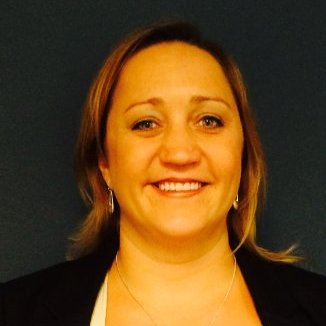It is 4 p.m. on this warm, fall Friday afternoon. You are wrapping up your work for the week and the dreaded “we’ve got a problem” call comes in. “Hey boss- we have confirmed foreign materials in the product. It’s a material we have never seen before and is not found in our plant. What do you want us to do?”
Nothing kills your weekend faster than this phone call. And frankly, you know this incident has a high likelihood of being intentional adulteration based on the information shared. What do you do? Who do you call? What does the regulation say?
With the increasing global threats and actual case history of intentional adulteration in our food system, no single organization – public or private – can tackle all the threats, vulnerabilities and incidents capable of causing devastating public health harm and economic loss from a food system disruption. There is little doubt that collaboration can – and has – mitigated consequences of intentional contamination. So how do we make an interagency and intra-agency, public and private collaboration in food defense a standard business practice?
I can almost hear what you are thinking, “We specialize in making food,” not in food defense. How do we even start making it a standard business practice? Collaboration! especially given the small margins within the food industry and limited funding at all levels of the government. The economic reality is that we must address the low probability versus high consequence ratio in the food defense area carefully and allocate restricted dollars responsibly. In the food and agriculture sector, this is complicated by a multitude of factors. Our food comes from a complex system of systems with challenges presented throughout global production and rapid, just-in-time transport. Today, our evening meal has likely traveled hundreds, if not thousands, of miles before it hits our lips. To efficiently and effectively protect our food, we must partner in a way that allows each collaborator to operate at the top of their skill set.
While traditional food safety events are readily handled by current infrastructure, preparing for and responding to an intentional contamination of our food will require expertise and experience from an interdisciplinary team. The industry knows how their business operates from procuring optimal ingredients for their recipe to the internal process controls operating in their facility. Professionals in the food industry know when something is not right. Our academic institutions are filled with subject matter experts on food science, public health, manufacturing and global trade. They spend careers becoming an expert within their discipline and collectively are a robust network ready to be tapped. Academic institutions also have training specifically designed for the food industry. Finally, our government collaborators are working hard to not only mitigate the risk of intentional adulteration but also create a consortium of trained experts to aid in the response to an intentional adulteration event.
So going back to that call you received at 4 p.m. on this warm, fall Friday afternoon, what would collaboration look like?
An employee with food defense training (designed in conjunction with a government regulatory agency) recognizes the food product on the final processing line has unidentified foreign material on it. He stops the line immediately and calls their supervisor who participated in a food defense workshop and exercise (provided by a university). The supervisor recognizes the foreign material has a high probability of being intentionally added to the food product and calls headquarters to recommend a facility shut down and immediate hold of all product based on their food defense plan (written with support of government and academic tools). The next call is to the regional FBI agent with whom an established relationship exists (meeting at a public-private-academic outreach event). The agent is informed that a possible intentional adulteration attack has occurred. The agent and the facility supervisor quickly determine they will include public health based on their training both received (criminal–epidemiological investigation workshop jointly developed by government and university). Within a matter of days, the facility has restarted full operations and the perpetrator was apprehended. No adulterated product reaches the marketplace.
Does the above sound like a dream collaboration for a really bad Friday? It is completely feasible and we have seen it in practice. Unfortunately, there are numerous examples in recent years of similar events using similar collaboration to address intentional adulteration events. Having all the collaborators from industry, government and academia function at the top of their skill set with open communication allows the collaboration to work. Before, during and after incidents, the following roles are essential for both preparedness and response:
- Food producers provide expertise on making food and identifying anomalies during production
- Investigators (criminal or public health) provide expertise in conducting investigations, stopping the exposure and finding the source of contamination
- Regulators provide expertise in producing implementable guidance and tools
- Academics provide expertise by serving as subject matter experts, developing and delivering training, and serving as consortium-building neutral third parties
We cannot ignore the food system as critical infrastructure. There are risks and vulnerabilities throughout the supply chain and production of our food that must be identified and addressed. A collaborative industry, government and academic collaborative approach has much to offer to prepare for, protect against and respond to intentional adulteration motivated by terrorism, sabotage or economic gain. This month, take a moment and identify the collaborators you need to help you defend our food supply.








Thank you for your article. Very well written and the information is valuable. I have had great support from upper management of this small company, implementing a food defense that would rival even the largest. Food defense should not be based on size of company as we all share the same threat and dangers.
I have been looking at the FDA’s Food Defense Plan Builder (FDPB) Would you recommend this? Could you also recommend a good workshop to attend? I have been to the Food consortium in Chicago. Enjoyed hearing the FBI speak on bio-terrorism of the food supply. Thank you.
Dennis Grayson
Quality Assurance Manager